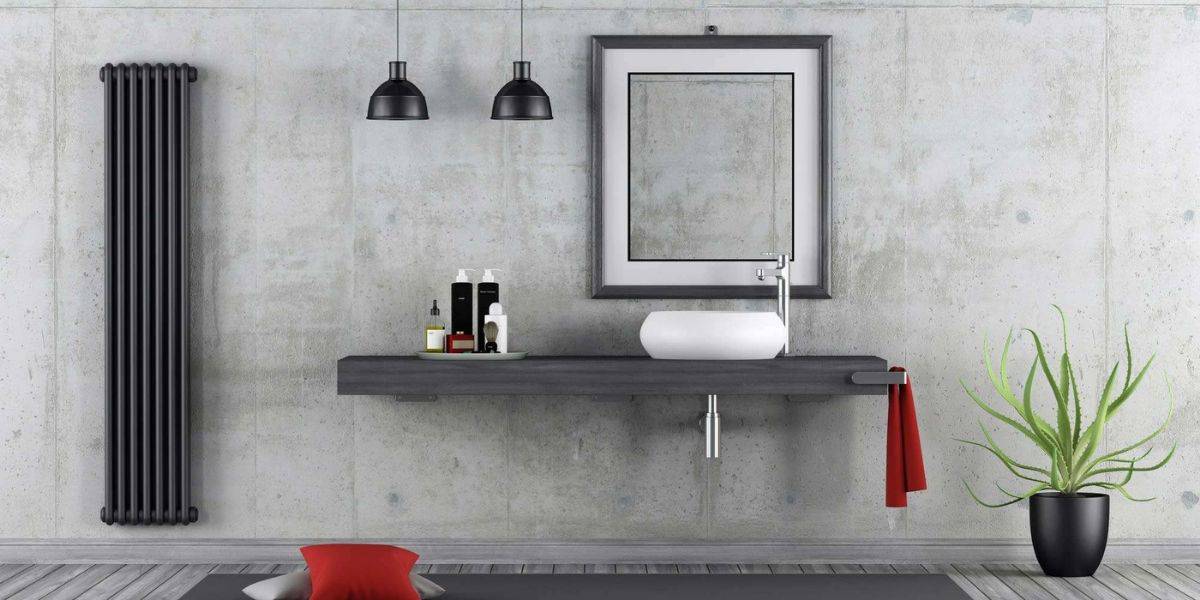All You Need To Know About Cement Rendering
Cement rendering, also known as concrete render, refers to a render material comprising a mixture of cement, sand, and lime. The lime component in the mixture assists in preventing the render from cracking after drying and hardening.
The texture of the sand used in cement render may vary depending on the desired finish. Essentially, coarse sand is used to make render for applying as an undercoat while fine sand is used to make render for applying as a topcoat.
The color of cement render can be added when mixing the render. You can also choose to apply plain render and paint it upon drying.

Is Concrete Render Different From Cement Render?
Although you’ll come across the terms concrete render and cement render in the construction industry, both terms are used to refer to one product. They comprise of the same render mixture and don’t differ in any way.
Some builders prefer calling it concrete render while others prefer calling it cement render. If you’re in search of an alternative rendering material, then you can consider acrylic render and polystyrene render.
Uses of Cement Render
The main application of cement render is to clad brickwork on either exterior, interior, or boundary walls. It keeps brickwork protected from rain and water.
It’s also great in enhancing the overall look of a property. You can use cement render to give your home a smoother texture and paint it with any color of your choice.
Advantages of Using Cement Render
Cement render is a popular rendering material due to its numerous advantages. It can be applied on any masonry surfaces, though it’s commonly applied on bricks.
It’s also a cost-effective render material. Actually, it’s more affordable than all other rendering materials available today. Thus, it’s ideal for covering a large area on a low budget.
Your preferences will determine the kind of render finish to apply. You can choose between smooth and textured finishes. There’re several techniques used in applying different render finishes. Some of the most common techniques include troweling and bagging. You can also use a sponge to apply a textured finish.
It’s relatively easy to paint cement render. If you didn’t add color when mixing, you can paint the rendered surface after allowing the render to dry for at least 4 weeks. You can apply any top-quality outdoor paint. There’re several color options available. Thus, you can find a preferred color quite easily.
If you’re looking for a cost-effective and attractive exterior wall finish, cement rendering will be your best bet.
In case you want to apply cement render on your property but don’t know where to start, you can contact local professionals such as Sydney Rendering Pros for assistance.
Getting the Best of Cement Rendering
Although cement render is a great rendering material, there’re certain things to consider to get the best of it. First, choose a qualified professional such as Sydney Rendering Pros to prepare the walls properly. A successful rendering project depends on how properly the surface is prepared.
In case you prefer to color the rendered surface, our experts will show you a sample of how the surface will look like once painted. They’ll also ensure the depth and tone of the color is correct as per your preferences.
FAQs on Cement Rendering
What’s the cost of rendering an entire house?
Hiring professional Sydney renderers will cost you approximately $12,000 – $20,000. The actual cost will mainly depend on the property’s size.
What makes up cement render?
Traditional cement render comprises a mixture of sand, lime, and cement in the ratio of 6:1:1 respectively.
Is cement similar to render?
No. Cement is only one of the several components that make up render.
Related Articles
